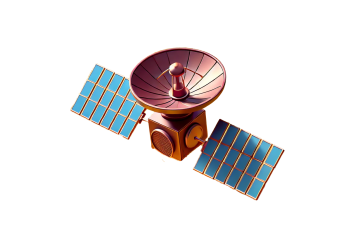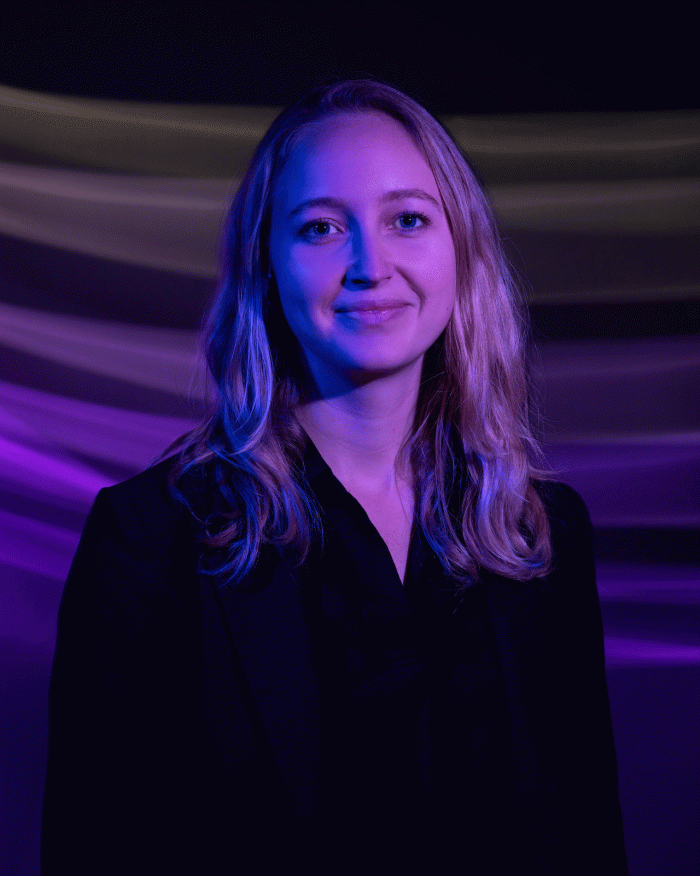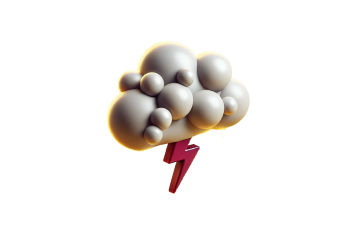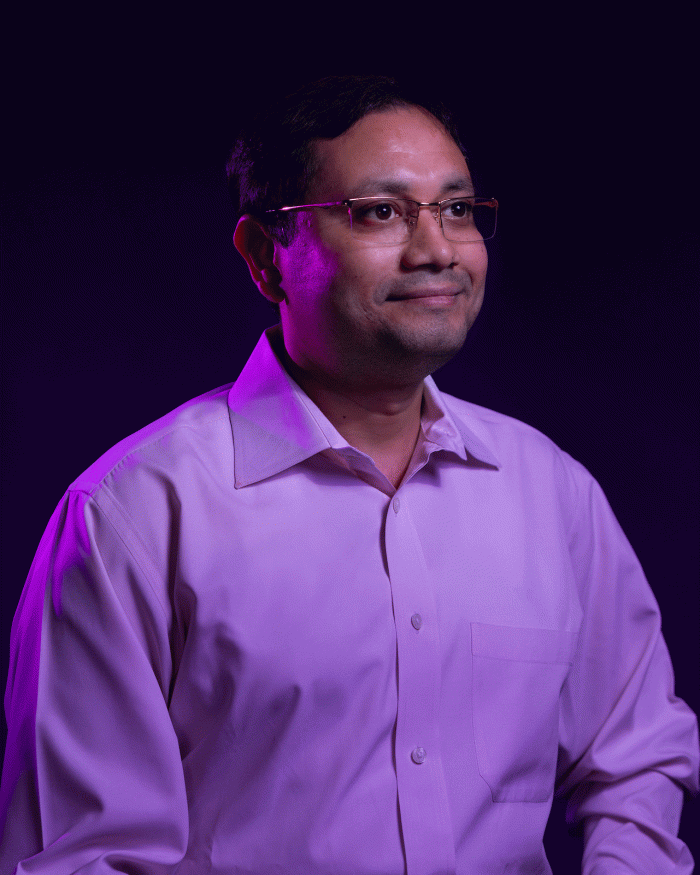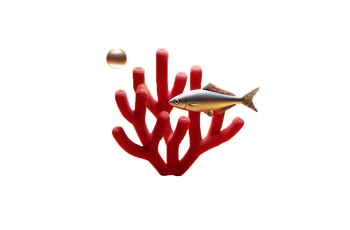Designing a more sustainable future with AI

AI-generated images by Alex Davis/ASU
Editor's note: This feature article is part of our “AI is everywhere ... now what?” special project exploring the potential (and potential pitfalls) of artificial intelligence in our lives. Explore more topics and takes on the project page.
Before his death in 2018, theoretical physicist Stephen Hawking warned that artificial intelligence could spell the end of the human race.
But not all of academia agrees with him or sees the future as dystopian.
AI, if applied responsibly, can help to address global challenges and inefficiencies — and improve the world — some experts say.
More from an AI expert
Nancy Cooke: Why AI and humans need to be a team
“Don’t think of AI as a tool but as a teammate that can give us new and improved capabilities,” said Nancy Cooke, a professor of human systems engineering in ASU’s Ira A. Fulton Schools of Engineering and founding director of the Center for Human, Artificial Intelligence, and Robot Teaming.
“AI can be a good teammate as well as a bad teammate,” she said, adding that it should complement the skills that we already have as humans.
Cooke said many somehow have bought into the idea that AI will “take our jobs and kill us in the middle of the night.” But robots and machines take their cues from humans.
She said the technology has already made advancements in medicine, national defense, data processing and sustainability, but designers must always be careful how it’s used.
“People say we can tell AI to fix the sustainability problem and then it goes out and kills all the humans because we’re the source of the problem. So we don’t want that to happen,” said Cooke, who also works in the GHOST Lab (General Human Operation of Systems as Teams) at ASU’s Polytechnic campus. “But we do need to think about ways to augment human skills in solving climate change and other sustainability problems.”
Food security
Several Arizona State University professors are using AI in their research and academic work to address multiple sustainability issues.
More from an AI expert
Hannah Kerner: Working toward global sustainability through food security
“As we create better, faster, more accurate and more robust AI methods for solving real-world challenges, we can finally start to realize its potential for tackling climate change, food insecurity and poverty,” said Hannah Kerner, assistant professor in the School of Computing and Augmented Intelligence, part of the Ira A. Fulton Schools of Engineering.
Kerner’s research focuses on developing AI and machine-learning advances needed to address some of the world’s most pressing issues — including climate change, food security and conservation.
She is the lead AI investigator on two NASA agricultural programs that use satellites to map and monitor agricultural land around the world as a means to promote food security.
“We are trying to help nations become more food secure, help organizations to respond to food insecurity and humanitarian crises, and develop more resilient and regenerative food systems,” Kerner said. “The power of AI is that it helps us turn raw data from satellites into actionable information that we can actually use to make meaningful decisions surrounding sustainability.”
Water resources
Water is also a universal basic need. While most people don’t think about how water is delivered to the Phoenix metropolitan area and Arizona’s rural regions, they would if it became scarce. ASU professors Claire Lauer and Stephen Carradini are working on a sustainability project to ensure one of our most precious resources remains plentiful in the desert.
As part of a $140,000 grant from the Arizona Water Innovation Initiative, Lauer and Carradini helped develop an OpenAI-powered chatbot that delivers relevant information about Arizona’s water situation to state residents.
“The Arizona Water Chatbot was designed to provide a friendly resource to answer whatever questions people may have about water in Arizona so they can feel empowered to help their communities thrive in this era of unprecedented water uncertainty,” said Lauer, who is professor of technical communication and user experience in the College of Integrative Sciences and Arts and a senior global futures scientist. “It gives an accurate representation of water in Arizona and how communities across the state are managing their water.”
The chatbot is trained to incorporate publicly available data from hundreds of city, state and federal websites and documents — including perspectives about water published to the web from Arizona’s 22 sovereign tribal communities — to provide a more holistic view of the important historical, economic and ecological role that water plays in the lives of Arizona residents.
Carradini, an assistant professor of technical communication in the College of Integrative Sciences and Arts, said there’s a lot of information about water in Arizona but it’s scattered.
“A lot of people in Arizona want to know what to do about conservation, but they don’t know what to do or have the tools or information in front of them to make the changes they think they need to make,” said Carradini, who is also a senior global futures scholar. “If you’re a home builder, you have a concern. If you have a public entity that’s trying to manage water, you have a concern. If you’re a citizen with a pool, or even without a pool, there’s all these different approaches, concerns and thoughts we have about water.
“The Arizona Water Chatbot came along as a possibility to do all this work. It’s a capacity-building tool for giving information to the public in ways that we couldn’t do before. It’s not the solution to every problem, but it’s the solution to one little corner of that problem.”
Energy challenges
AI also addresses the challenge of reliability and resilience in the nation’s power grid. Anamitra Pal, an associate professor in ASU’s School of Electrical, Computer and Energy Engineering, said the power grid is undergoing the most dynamic change in its century-old history and will need help in the upcoming century.
More from an AI expert
Anamitra Pal: How artificial intelligence can help parse sensor data
“We are changing the generation mix from a traditionally combustible or fossil fuel-based one to a renewable resource-based one,” said Pal, who is leading a team of nine PhD students researching how AI can help in this transition. “At the same time, the grid is being stressed by the growing frequency and intensity of extreme weather events. A combination of these two factors is creating challenges the power grid has never faced before.”
Pal said one way to ensure supply and demand are in sync is by using AI to leverage the data that the sensors placed in the power system produce to do better monitoring, protection and control.
“If we just throw raw data to the grid operator, then it’s useless, because the data deluge is so vast the operator will not have any sense of what’s happening,” said Pal, who has several grants from the National Science Foundation and Department of Energy to help him and his team figure out possible solutions. “Through AI, we are trying to translate raw sensor data into meaningful, actionable information.”
Sustainable oceans
One of AI’s greatest contributions to sustainability is in helping to restore, rehabilitate and nurture the world’s oceans, which comprise about 71% of Earth’s surface.
Jiwei Li, assistant professor in the School of Ocean Futures, said he’s using AI in his research to explore interactions between human and natural systems.
“We’re using AI in satellites and drones to identify and detect global coral reefs and seagrass,” said Li, who is a remote sensing scientist, biological oceanographer and computer scientist. “We are striving to explore influences of human activities on the ecosystems to protect the Earth’s resources and achieve a more sustainable future.”
Li said coral reefs are the most diverse marine ecosystems on the planet. Even though they only cover 2% of the ocean floor, nearly 25% of ocean species depend on them for food, shelter and protection.
“AI can give us better high-definition images to determine where the reefs are and what kind of condition they’re in so we can make an assessment to inform other countries what kind of money to put into the region for preservation,” Li said.
Seagrass, which is found on the ocean floor, can absorb and store carbon dioxide 35 times faster than a rainforest and is one of Earth’s secret weapons in fighting climate change, according to Li.
“If seagrass is destroyed, more carbon gets released into the ocean and atmosphere,” Li said. “Our goal is to help people find seagrass on a global scale. AI can help us find those answers.”
Li sees AI as an effective aid to researchers in the search to find ways to improve sustainability.
“We can certainly benefit from AI, but it must remain functional,” Li said. “We don’t want AI to cut our jobs, but we do want it to reduce job tasks.
“AI has no emotions, but it can help people who deeply love the ocean to achieve their goals faster and better.”
AI is everywhere ... now what?
Artificial intelligence isn't just handy for creating images like the above — it has implications in an increasingly broad range of fields, from health to education to saving the planet.
Explore the ways in which ASU faculty are thinking about and using AI in their work:
- Enhancing education: ASU experts explain how artificial intelligence can help teachers — but training and access is key.
- A more sustainable future: Artificial intelligence is helping researchers find solutions to urgent worldwide issues.
- Advancing health care: AI has the potential to accelerate diagnoses and enable earlier and possibly life-saving treatment.
- The ethical costs: Issues around privacy, bias, surveillance and even extinction are raised with advancements in AI.
- Expert Q&As: Read smart minds' thoughts on everything from food security to the power grid to the legal system on our special project page.
More Environment and sustainability

From environmental storytelling to hydroponics, student cohort crafts solutions for a better future
A select group of students from Arizona State University's College of Global Futures, a unit within the Julie Ann Wrigley Global Futures Laboratory, is laying the foundation to drive change…

2 ASU faculty elected as AAAS Fellows
Two outstanding Arizona State University faculty spanning the physical sciences, psychological sciences and science policy have been named Fellows of the American Association for the Advancement of…

Homes for songbirds: Protecting Lucy’s warblers in the urban desert
Each spring, tiny Lucy’s warblers, with their soft gray plumage and rusty crown, return to the Arizona desert, flitting through the mesquite branches in search of safe places to nest.But as urban…



